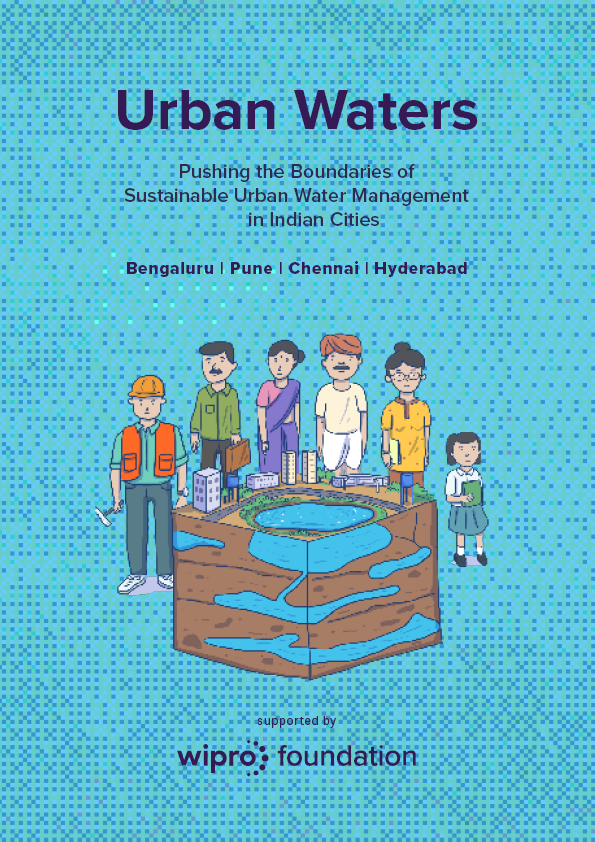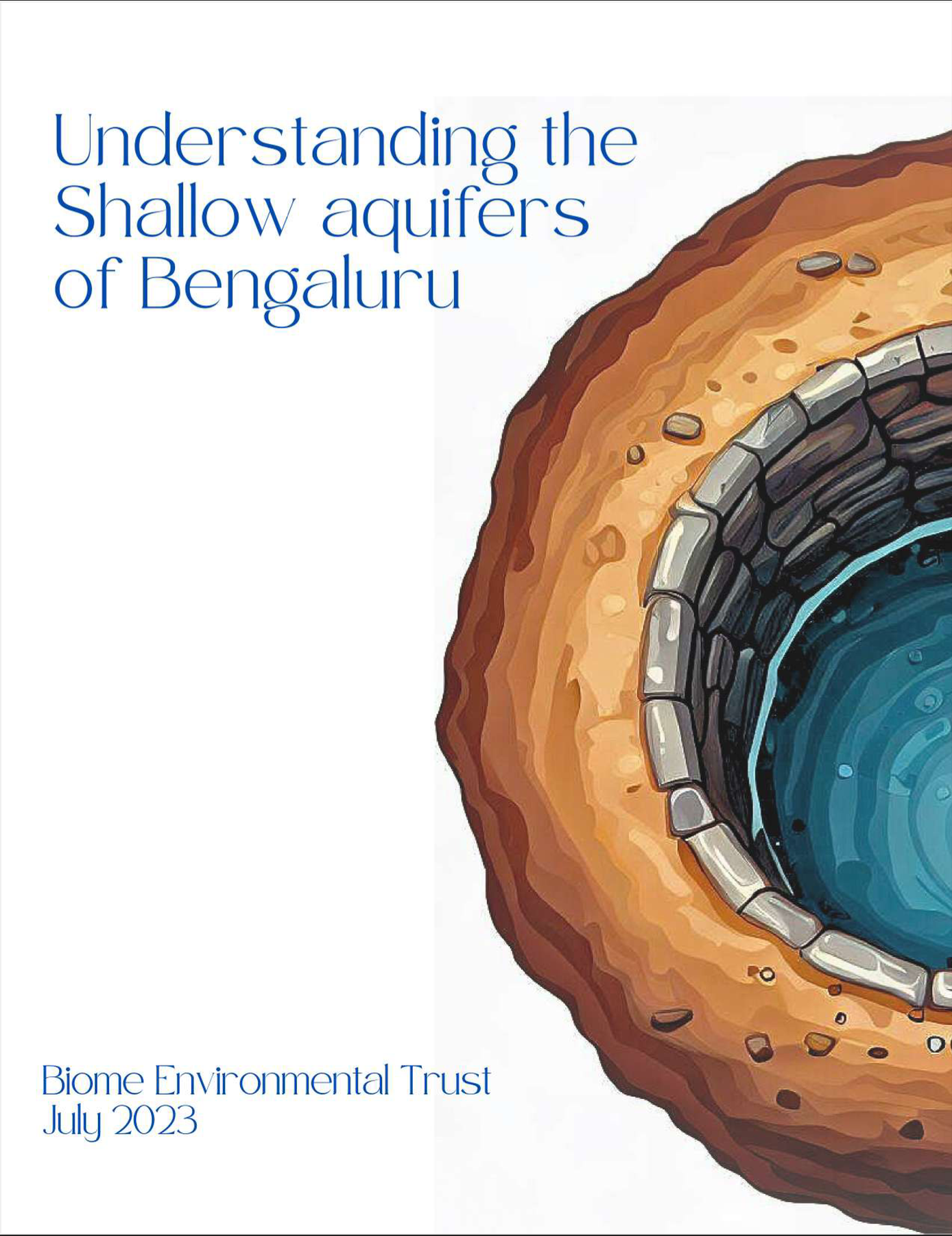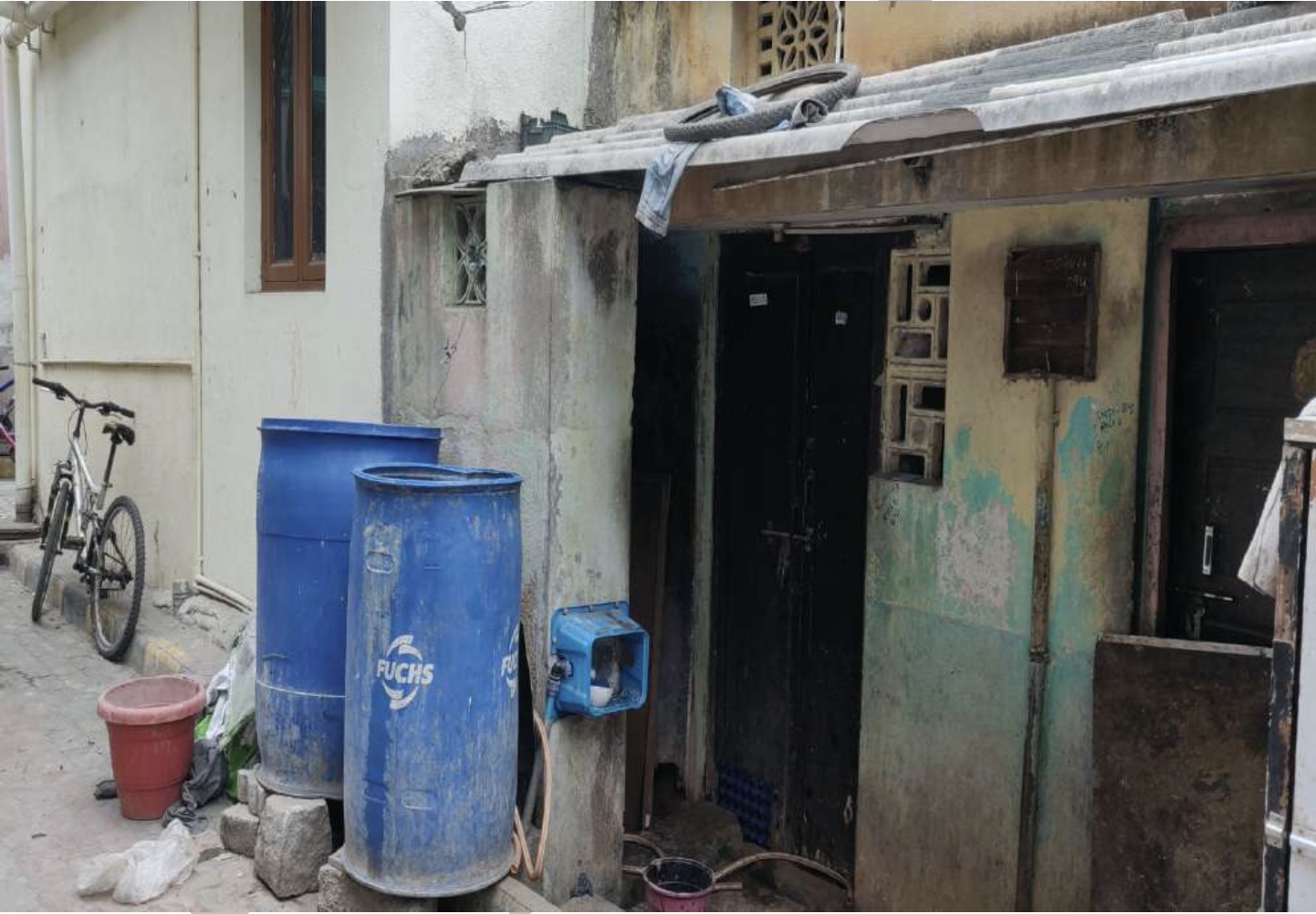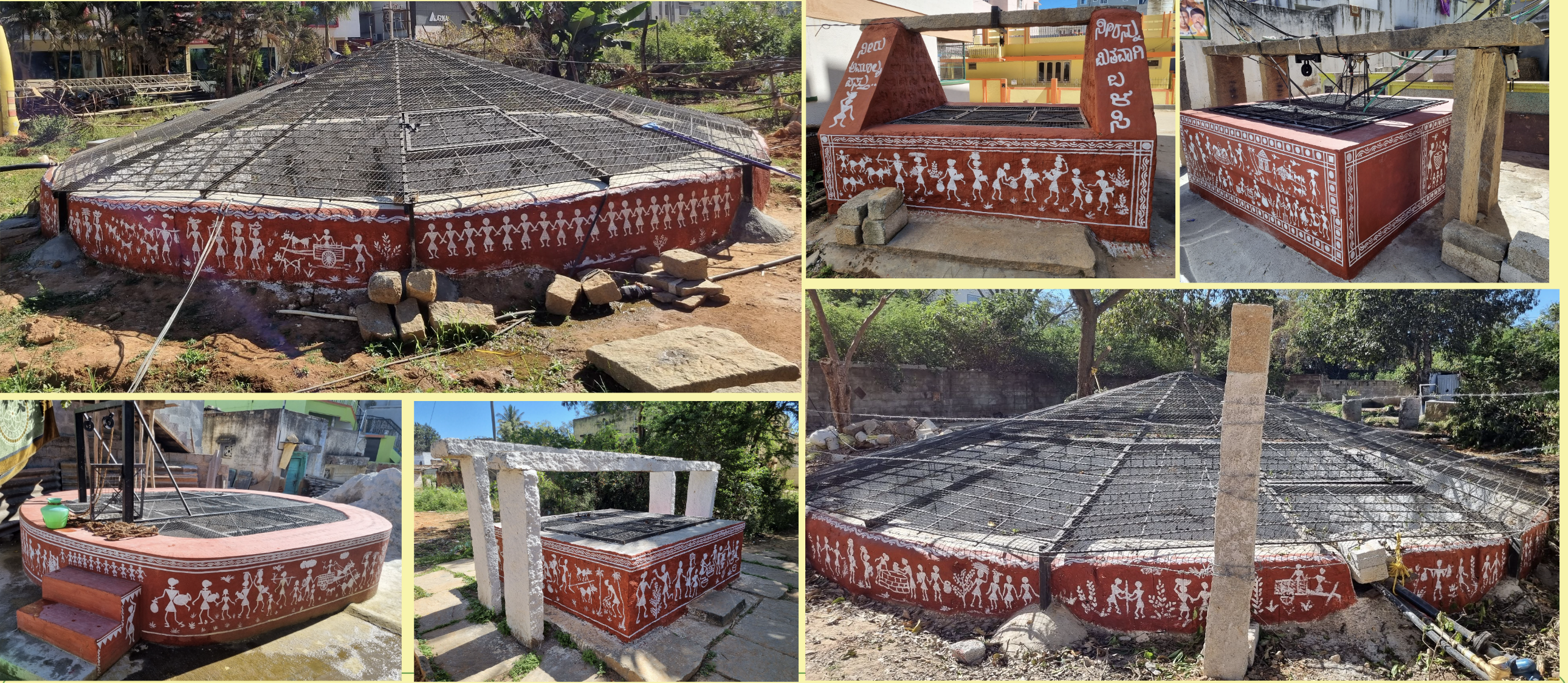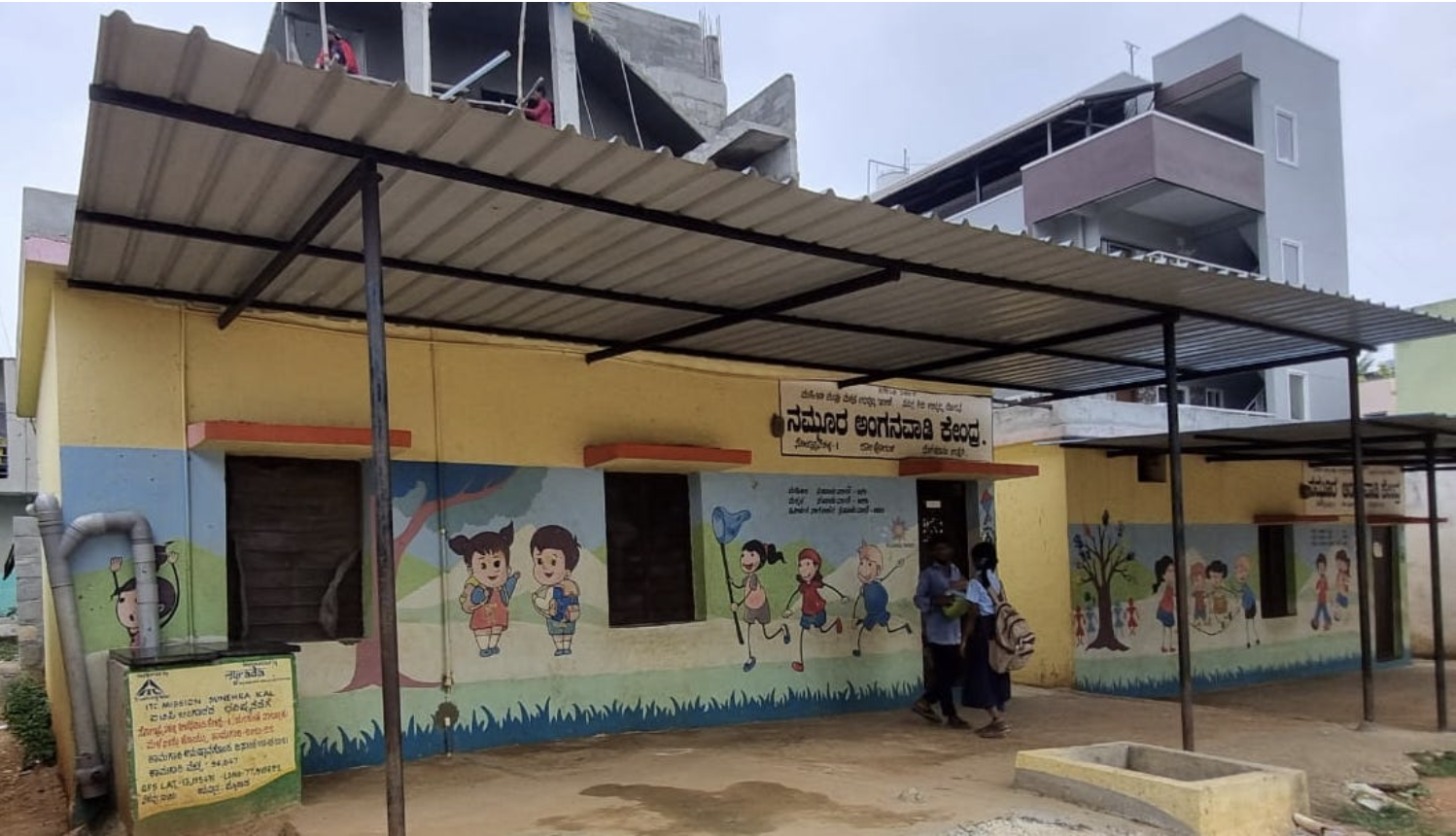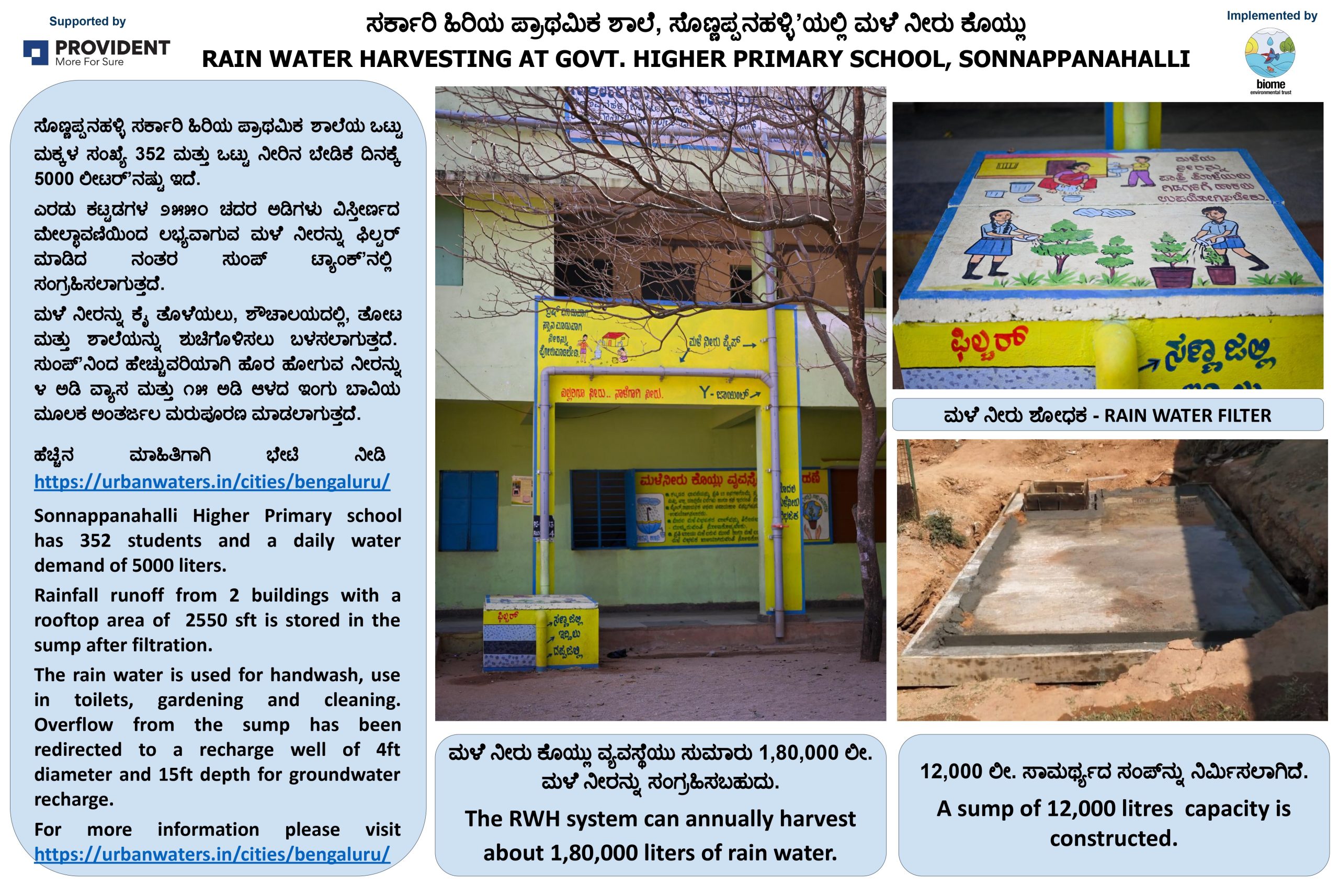Water Demand
Understanding water demand
Have you ever wondered how much water you use? Would you be able to estimate how much water do you actually need? In Indian cities, only a small percentage of the population are lucky enough to have access to municipal water supply.
Around 40% of urban households do not receive any municipal water supply at all – this comprises large segments of our urban population. Over two-thirds of urban residents rely on shared facilities, receiving water intermittently because no single source can meet their water needs. Many are forced to fetch water from distant sources, and carry water-laden pots over several kilometres. Often it is women and girls who bear this responsibility – a common sight in urban areas is of women queuing up for hours in front of a community tap that may yield water only 2 or 3 times a week. The work of fetching water for their families affects their education and work prospects.
In every city, there are groups that consume too much water and those that consume too little. One extreme are households consuming over 300 lpcd (litres per capita per day); that is, each person in the household uses over 300 litres of water daily. On the other end are households using as little as 30 lpcd, less than half of the 70 lpcd that according to the WHO is the absolute minimum a person requires for a healthy life.
Various surveys have shown that it is the poor who bear the burden of water shortage. For example, a 2005 survey in seven Indian cities showed that slum areas have the highest number of water-deficient households. Water consumption is below 100 lpcd in 72% of households in slum areas. The urban poor mostly rely on supply from public wells/borewells or private suppliers who sell water cans. This means that their spending on water ends up being more than that of middle class families who get municipal supply or buy bulk quantities of water from private water tankers. Higher income groups can also better afford to dig their own wells or borewells.
Consider a 2004 study of ward number 39 in Bangalore city corporation. The study found a high concentration of borewells in neighbourhoods where high income groups lived, while low income areas suffered from water scarcity. High income groups had begun to inhabit the ward since the 90s, but rapid groundwater extraction by these households had lowered water table levels in the area, thereby affecting water availability for lower income groups. Of the sample population in the study, 6% consume over 300 lpcd while the bottom seven percent consumed less than 70 lpcd.
This is a good example of how consumption by one group affects the consumption of others. There are areas in Bangalore where consumption is woefully low. For example, a group housing facility for factory workers at Parappana Agrahara, water consumption from the borewell is only 30-40 lpcd. Yet, despite low water consumption levels, a 4-5 member household typically pays Rs 400-500 monthly as water bill.
Such severe inequities in water consumption exists not just within but also across cities. For example, the average municipal water supply in Devanahalli is only 50 lpcd(1) while that in Bangalore is 83 lpcd(2). The real consumption of the upper middle class in Bangalore is estimated to average 250 lpcd or more(3).
Who decides how much water we are entitled to?
There are multiple guidelines on municipal water supply in India, none of which are mandatory. The most commonly cited guideline is released by the CPHEEO, the technical wing of the centre’s Urban Development Ministry. The manual recommends different amounts of water supply for domestic use, industries, hospitals and other institutions.
The recommended quantities for domestic use vary depending on the size and infrastructure of cities. For metropolitan and mega cities with both piped water supply and an existing/contemplated sewerage system, supply of 150 lpcd is recommended. For smaller cities with both these facilities, 135 lpcd is the norm. For towns having water supply but no sewerage system, only 70 lpcd is recommended.
In general, 135 lpcd is considered a more realistic standard for all cities, and is widely quoted as the norm. Of the 135 lpcd, the CPHEEO guideline assumes that only six percent would be used for drinking and cooking. Most of the water – about two-thirds of it – is expected to go towards washing and flushing. And the remaining one-third is supposed to go for bathing and gardening.
Another water supply standard, the BIS 1172: 1993, recommends 150-200 lpcd for bigger cities with full flushing system.
Actual water supply, however, is much lower. The 2011 Census found that on average, only 69 lpcd of municipal water is supplied in urban India. Rural India suffers from far lower or no supply. The current supply norm is only 55 lpcd, which until recently used to be 40 lpcd.
As with all critical resources, water is marked by conflicts across different axes – rich/poor, urban/rural, agriculture/industry etc. Increasing water demand is already causing conflicts in many parts of the country. Growing population, ever-increasing requirement for industries, construction, entertainment etc. have led cities to source water from greater distances. And as of yet, there is still no accurate data on water demand and consumption in Indian cities.
The water demanded by each of us makes up the larger picture of water supply in our cities. If we limit our water use, we can help to conserve groundwater and also ensure that there is more water to share equitably for all. In cities, we typically think of water and our usage only when our taps go dry. But here is a point to ponder – if you had to wait in a queue in front of a tap for four hours, or carry pot fulls of water vast distances many times a day, would your water demand be the same? Or would you try to make your water last as long as possible?



